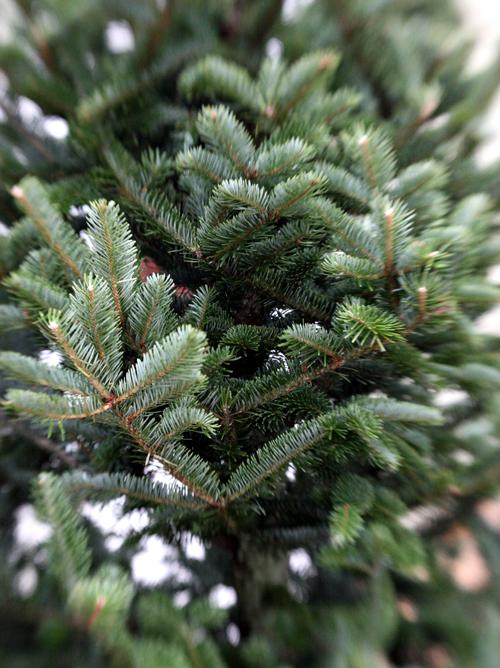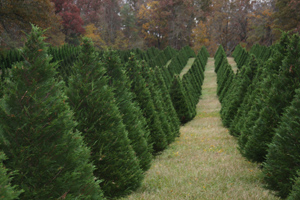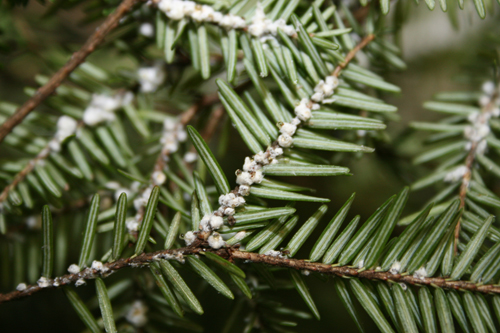Agroforestry news
U.S. Department of Agriculture Deputy Secretary Kathleen Merrigan announced in Athens, Ga., June 6 a federal plan to help farmers and landowners use agroforestry to earn more money and protect the environment.




